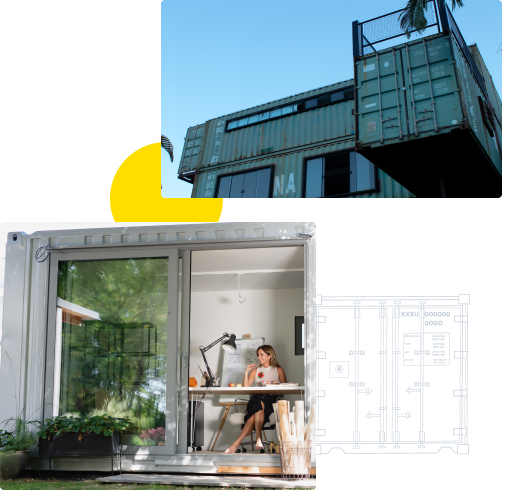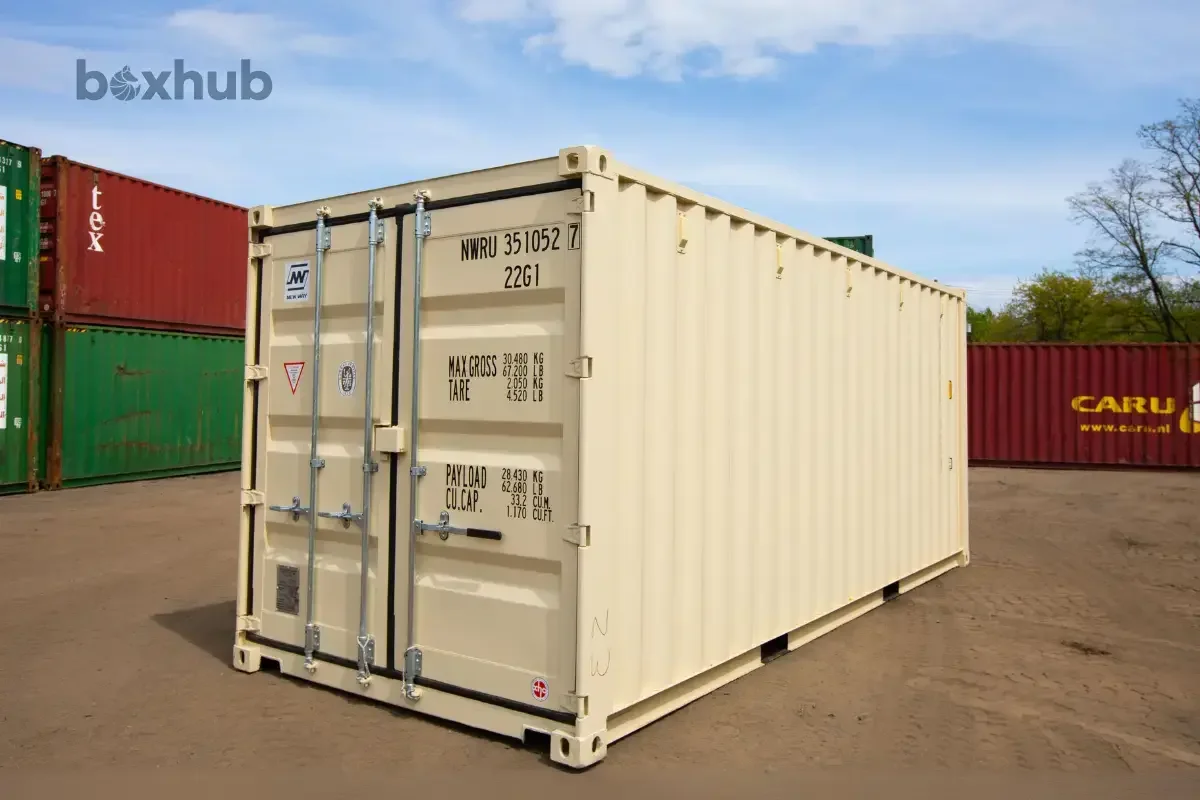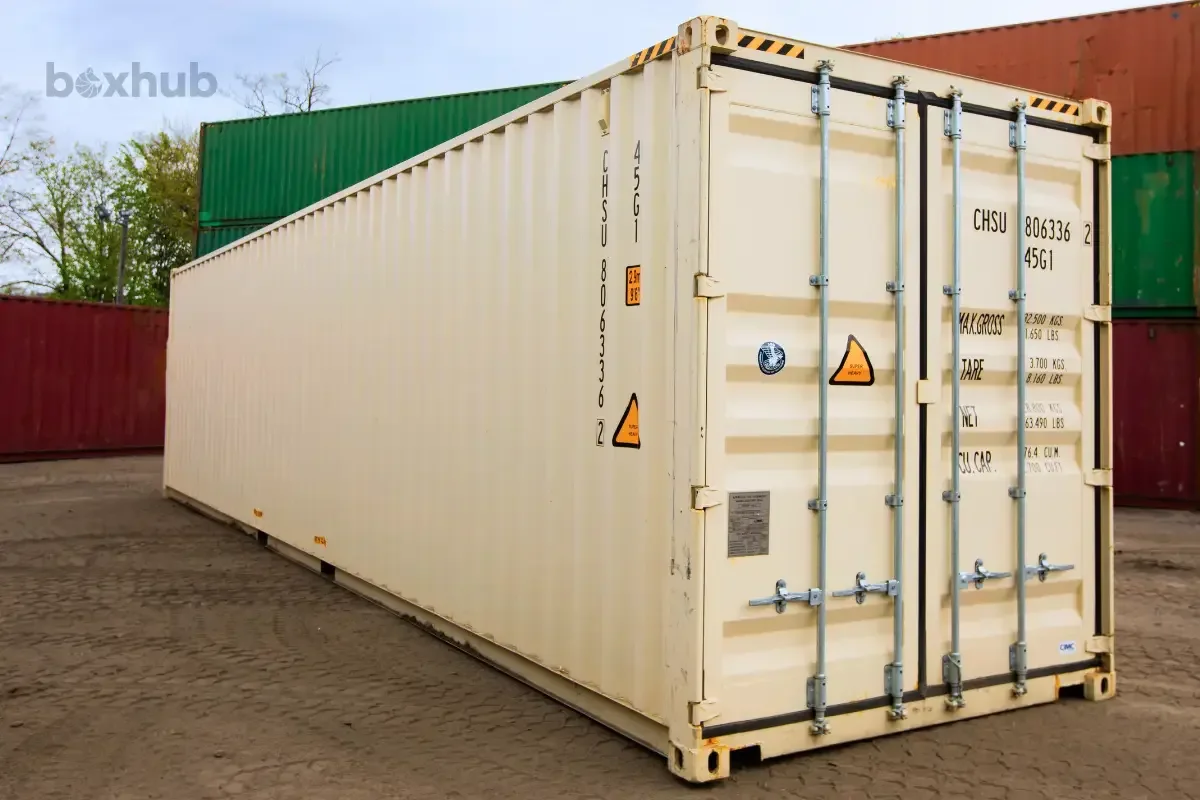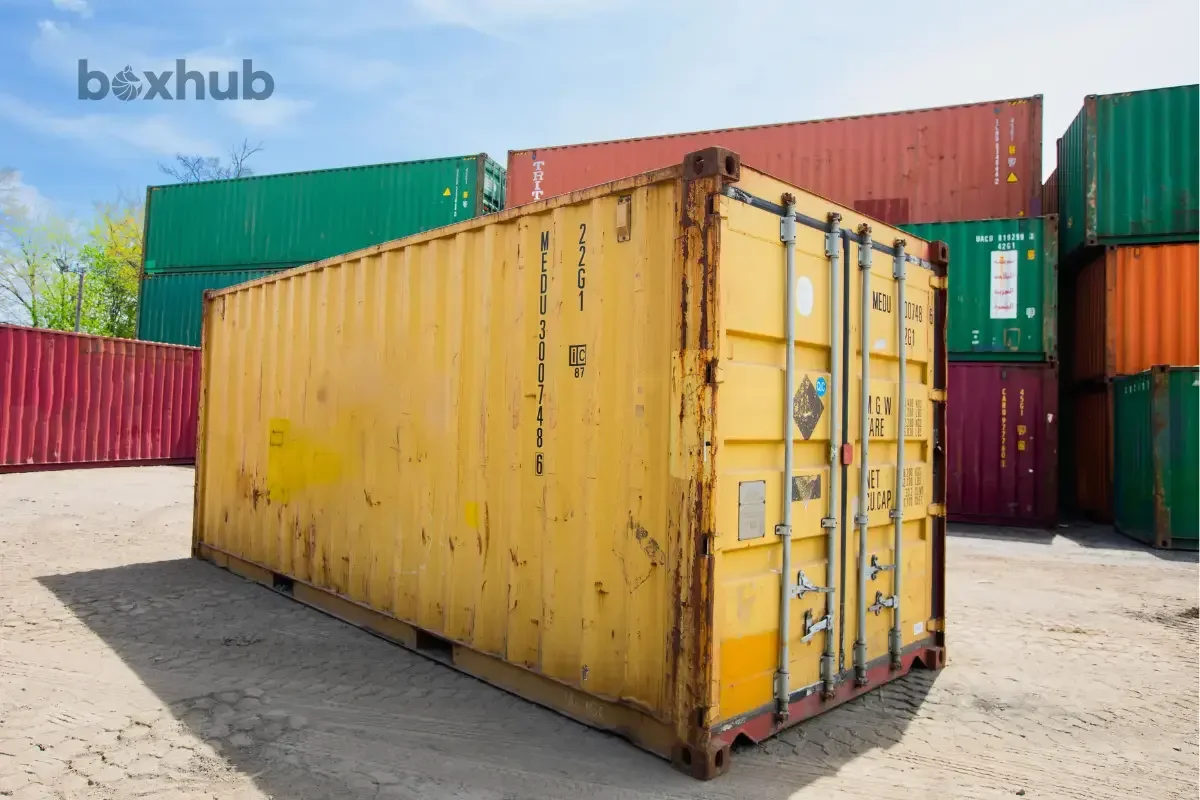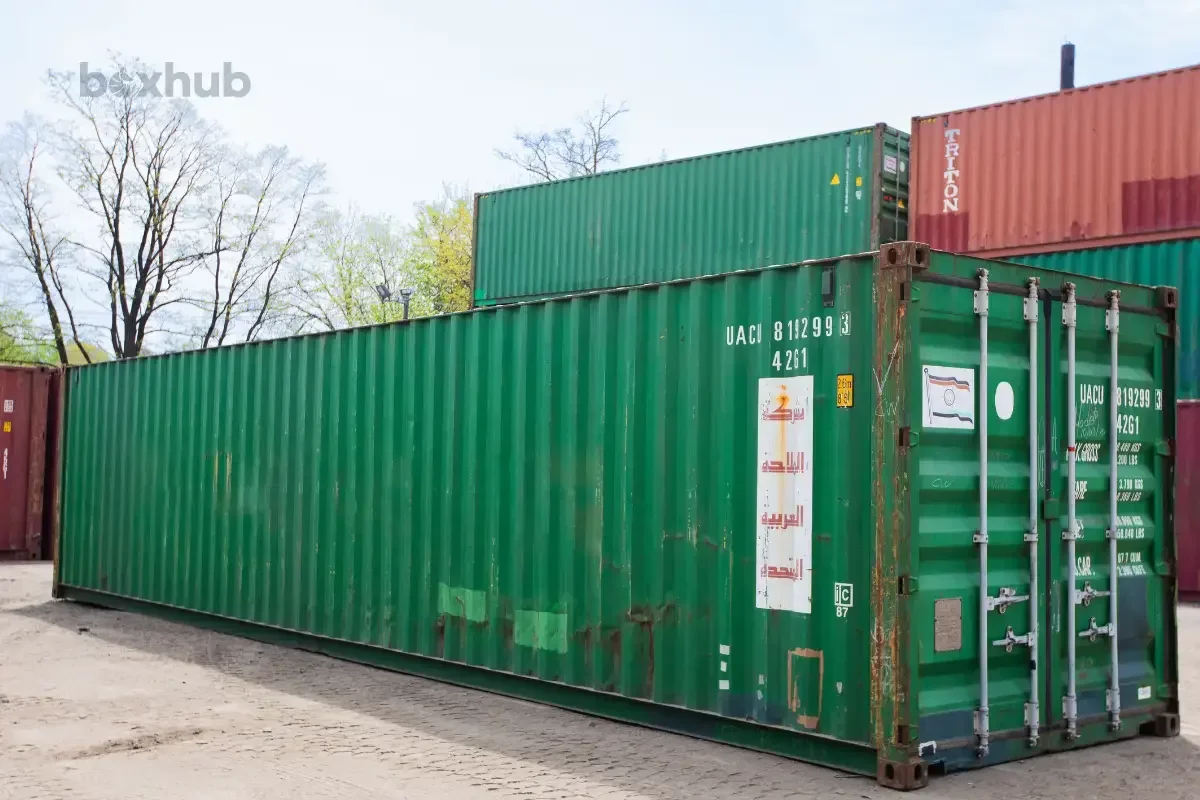Track my order
Trusted by thousands of U.S. businesses
For Housing
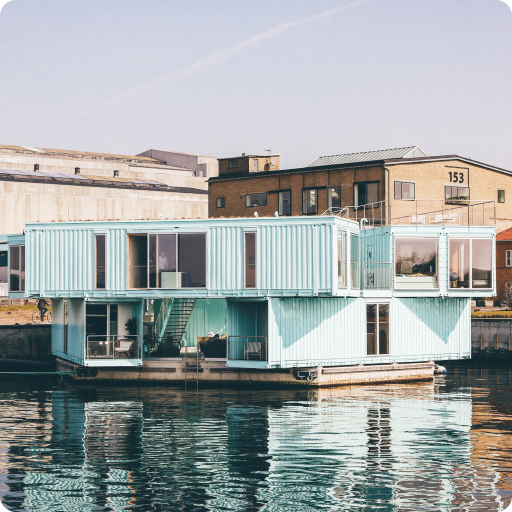
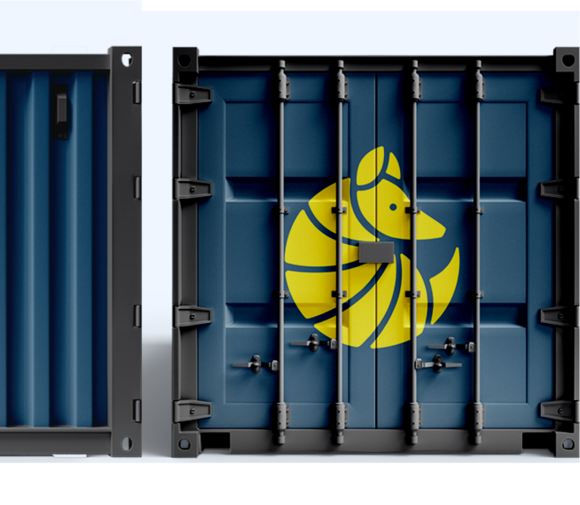

Thousands of happy customers have chosen Boxhub as their container supplier of choice.


















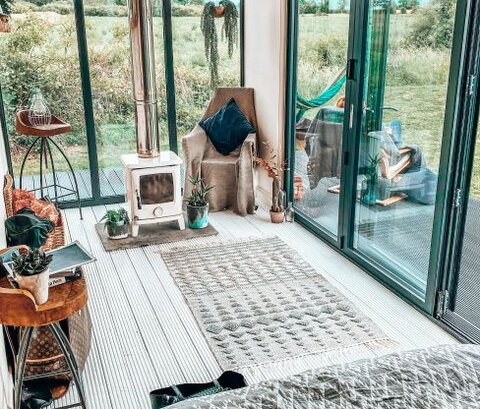
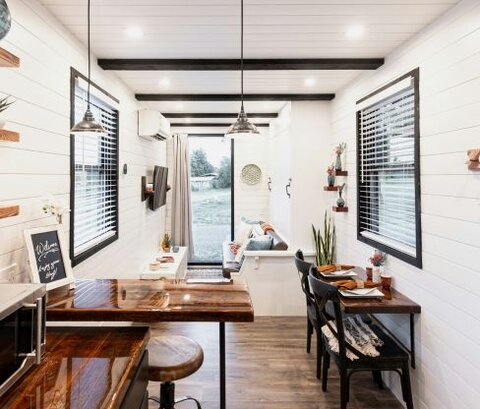



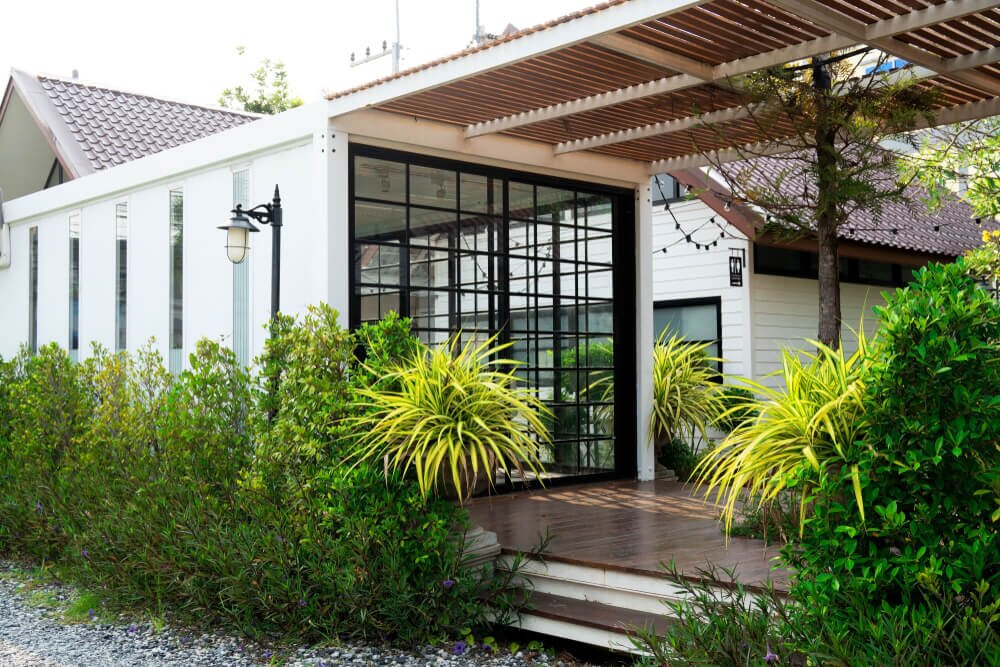

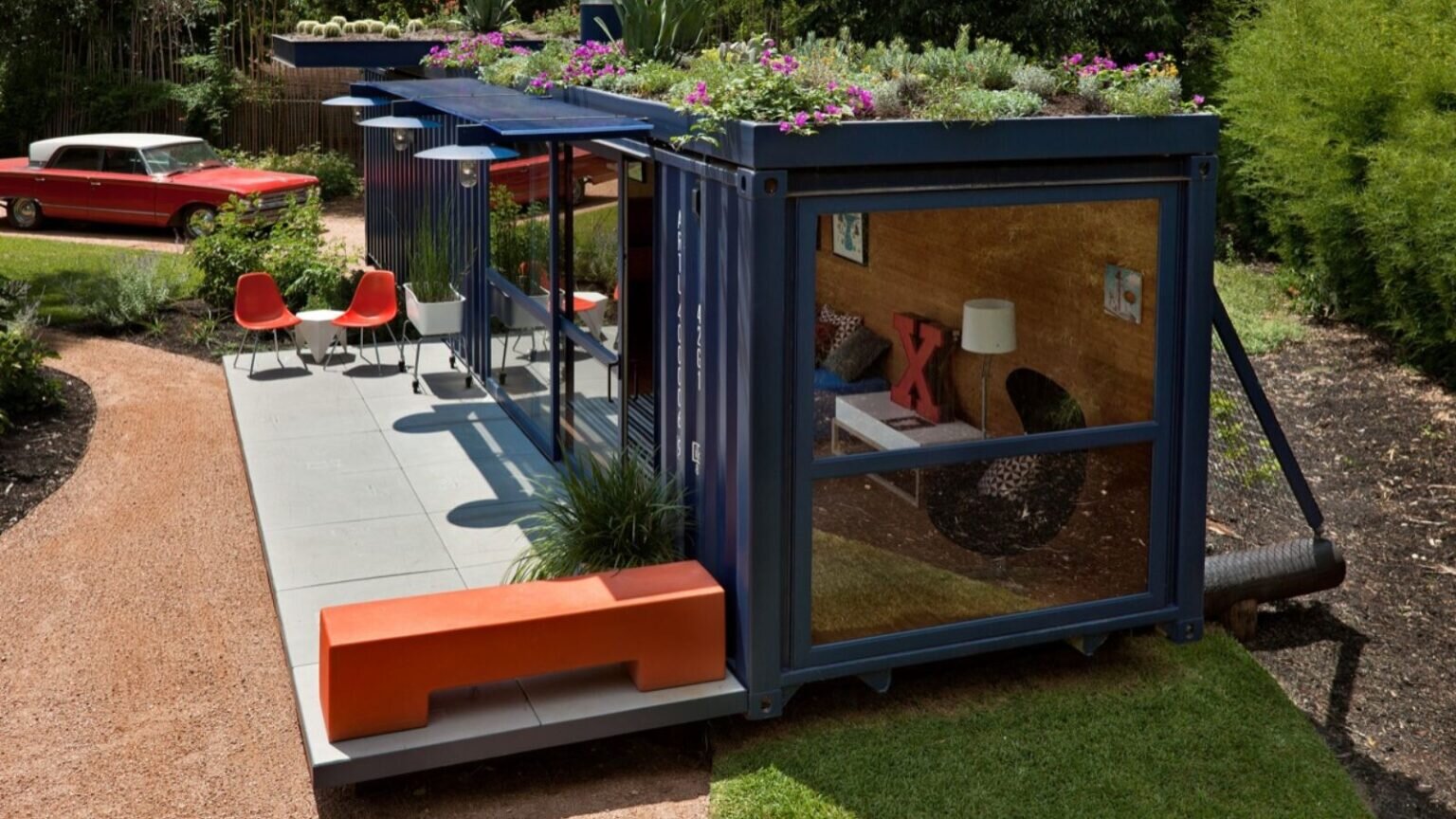

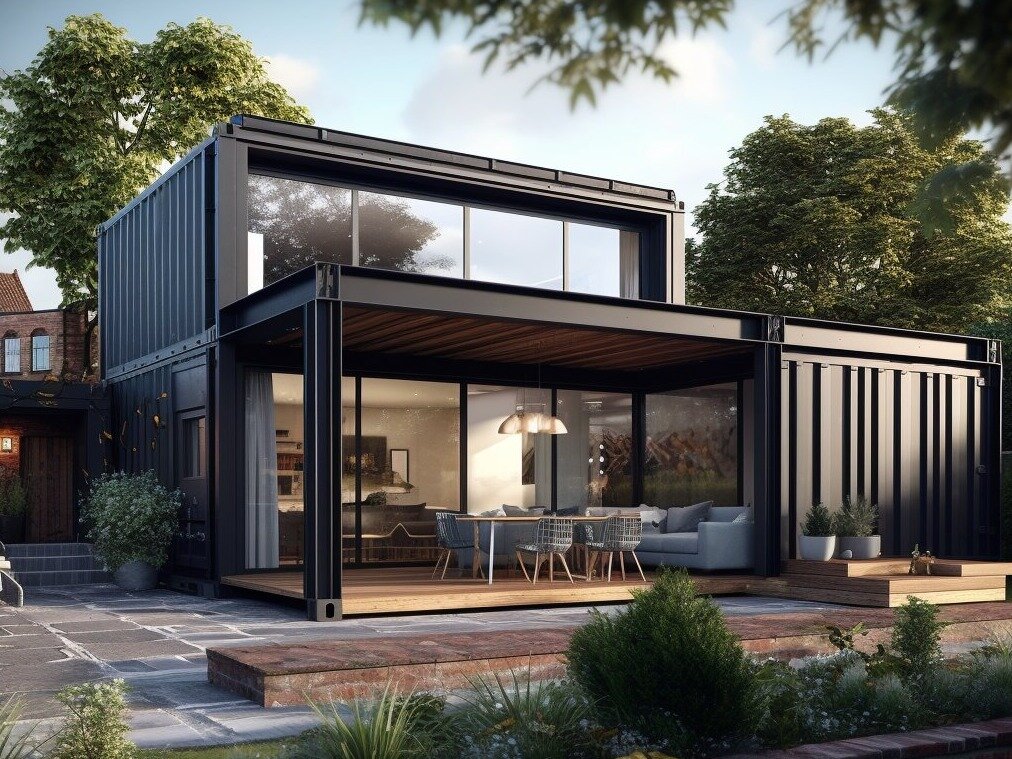



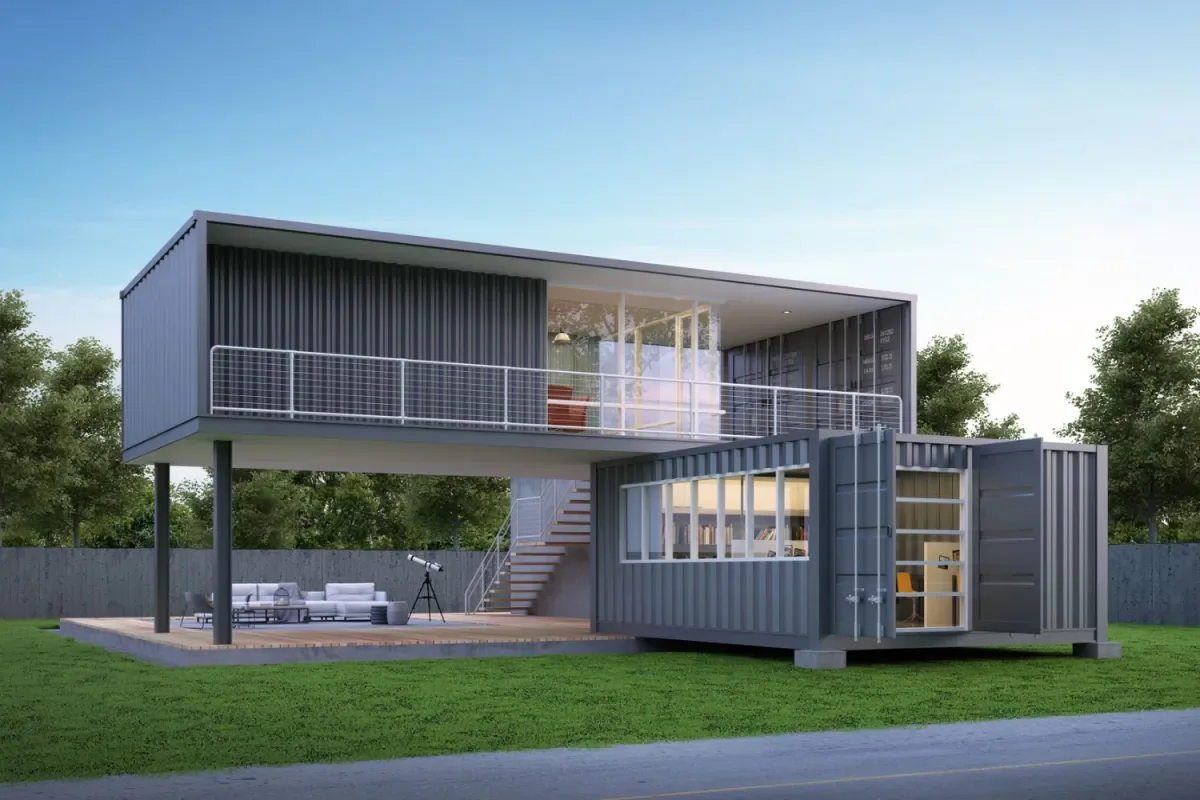

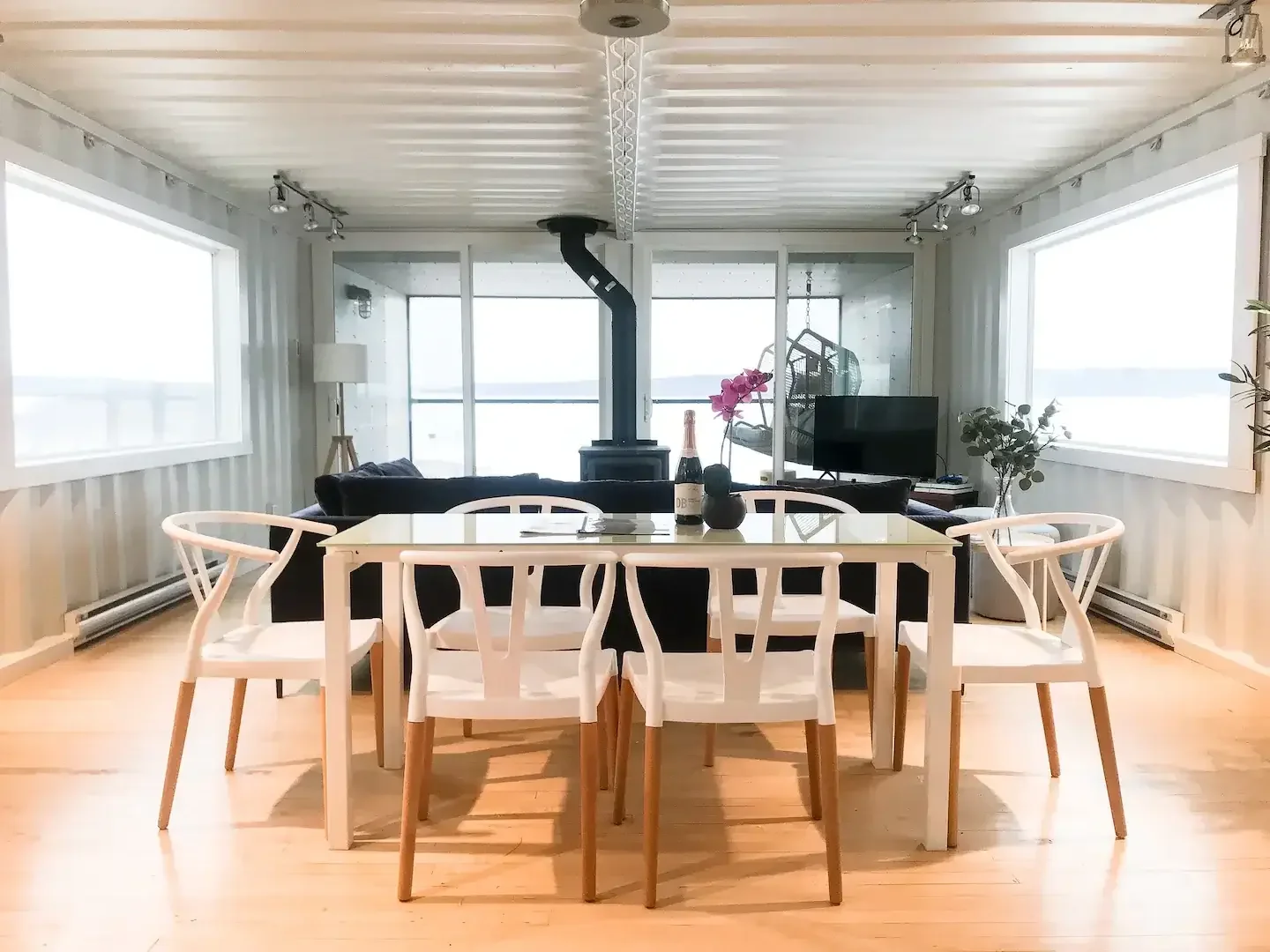

Typically, a shipping container is expected to last approximately 25 years before losing its structural capabilities.
When it comes to a shipping container home, you can expect that lifespan to be longer since you are not using the shipping container to transport cargo long distances. It’s remaining stationary so it won’t accumulate the same levels of wear and tear as those containers. As long as you take the right precautions, your shipping container home should last for 25 years or more.
For a detailed breakdown of how to extend your shipping container’s lifespan and keep your home structurally sound for decades, check out this blog article.
You can buy shipping containers directly through Boxhub's website or by speaking to a member of our team via phone, email, or live chat. To buy a shipping container online:
Step 1
Visit our online store and enter your delivery zip code.
Step 2
Pick the size and grade of the container you'd like to purchase
Step 3
Review your shopping cart and choose your preferred payment method.
Step 4
Validate and complete your purchase.
Questions? Reach out to us at 888-356-2954 at any time.
Shipping containers are available in several standardized sizes and conditions, making it easy to choose a container — or containers — to build your home. The most readily available sizes are 20-foot shipping containers, which have an internal volume of 1,172ft³, and 40-foot shipping containers, which have an internal volume of 2,385ft³. Choosing the right size and condition of your containers depends on your intended home design and budget. If you're building a single-container home, it really comes down to how much square footage you want.
For a more detailed breakdown of container sizes and conditions, check out this helpful guide to choosing the right shipping container.
You need to make sure that your drop-off site is safe and accessible for the delivery driver.
They will need enough space to maneuver the truck and offload your shipping container. They will also need a smooth, solid road — surfaces like sand, mud, snow, and loose dirt won't work for a delivery.
When choosing where you want your shipping container placed, keep in mind that shipping containers used for storage should rest on level, stable surfaces. This prevents the doors from warping and becoming difficult to close. A cement or asphalt foundation is best, as it will provide a firm, level surface for the container and will stop water from pooling around the bottom.
You can also protect your shipping container self-storage unit from groundwater by raising it on level wooden blocks or iron plates.
If you notice something unexpected with the container, call us at 888-356-2954.
Technically, anybody can turn a shipping container into a home — you don't need a construction background. Boxhub's affiliates — such as Alternative Living Spaces — offer courses to educate consumers on how to create a shipping container home, DIY-style. We also sell a variety of container modification kits to help turn your shipping container into a home. For a full breakdown of what's available, please call 888-356-2954.
Generally speaking, most container homes are either 20 or 40 feet long and 8 feet, and 6 inches tall. But within that, you need to leave some space for things like insulation — we recommend about 6 inches per side. That means, for instance, within a 20-foot container you have 19 feet of interior room space.
We typically recommend high-cube shipping containers for housing, to ensure your shipping container home has ample vertical space.
Shipping container homes range in size and complexity and your project cost will depend on your design plans and your budget. If your budget is tight, you could minimize your costs by constructing a tiny home out of a single 20ft container, making only the basic modifications, and using low-cost materials. Alternatively, if your budget isn’t an issue, you can create a modular home out of multiple containers and upscale materials. It’s all up to you!
For a comprehensive breakdown of all the factors that will impact the cost of your container home, check out this blog.

Continue Shopping
Loading cart




